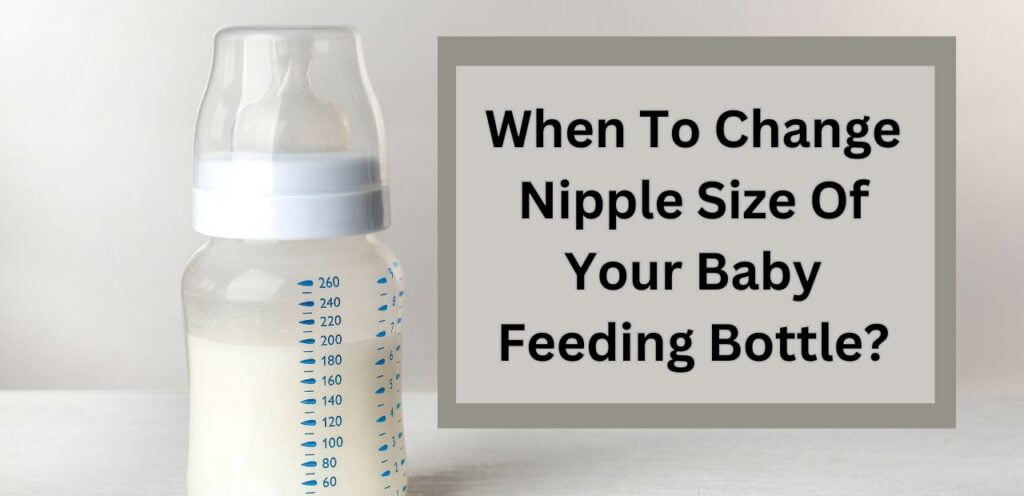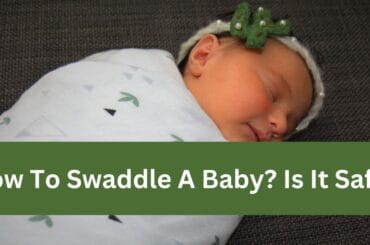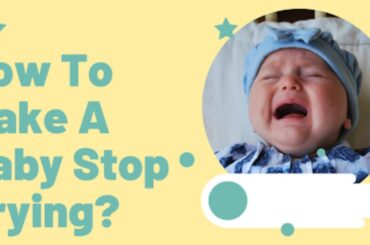You may be wondering when to change nipple size on your baby’s bottle now that you are a parent. This is a crucial question because the correct nipple size can make it easier for your child to eat. This post will tell you everything you need to know about bottle nipple sizes and when you should switch them up.
Read our guide First Time Moms Must Haves: An Ultimate Checklist
Understanding Bottle Nipples
You can get bottle nipples in different sizes to meet your baby’s needs as they grow. They decide how quickly milk gets to your baby’s mouth. Using the right size keeps babies from choking, spitting up, and getting frustrated while they are being fed.
When to Change Nipple Size: Signs to Watch For?
For your baby’s happiness and health, you need to know when to change nipple size. These signs show that it might be time for a change:
1. It takes too long to feed: If it takes your baby more than 20 to 30 minutes to finish a bottle, the flow may be too slow.
2. Baby seems upset: If your baby is fussy or frequently pulls away from the bottle, they may be trying too hard to get milk.
3. Not paying attention during feeds: If your child frequently falls asleep before the bottle is empty, a faster flow might help.
4. Hardly sucking: If your child is sucking, they may need a bigger nipple size.
5. Not taking the bottle: Babies may not take bottles sometimes because the flow is too slow.
6. How old the baby is: Usually, babies need more milk as they get bigger.
Keep in mind that these are only suggestions. Just like people, babies show you when it’s time to change their nipple size.
Bottle Nipple Sizes: A Breakdown
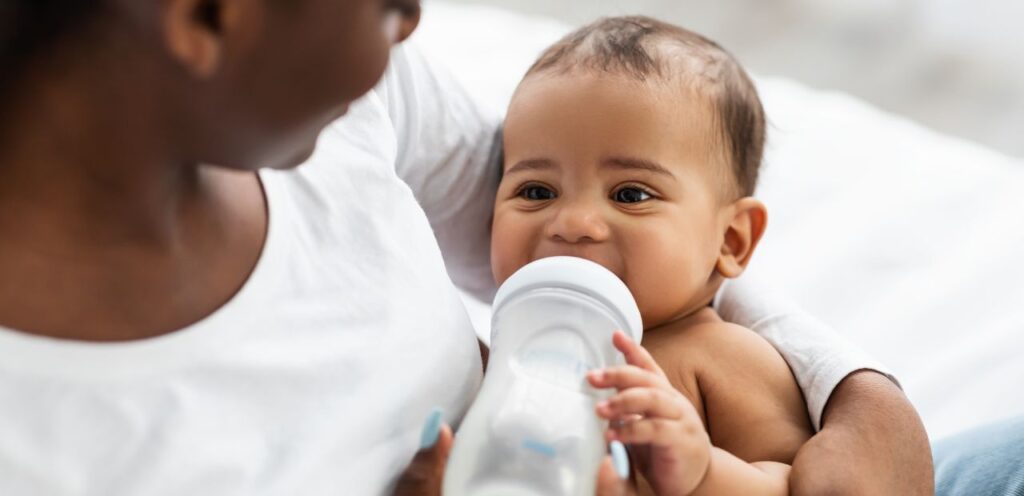
Nipples come in a range of sizes from most brands:
Newborn, or Stage 1, is for babies 0 to 3 months old. Slow flow, or Stage 2, is for babies 3 to 6 months old. Medium flow, or Stage 3, is for babies 6 to 9 months old. Stage 4 or fast flow: For babies over 9 months old.
You might find that some brands, like Avent nipple options, have more steps. Always look at the package to see what age range it is best for.
When to Replace Feeding Bottle Parts?
When to change nipple size is just as important as when to replace parts of the feeding bottle. Here is a quick set of instructions:
- Nipples: Get new ones every two to three months, or sooner if you see wear.
- If you see cracks or chips in the bottles, you should get new ones every 4 to 6 months.
- Bottle brushes should be replaced every 6 to 8 weeks to keep germs from building up.
How Often to Change Bottle Nipples
You should often look for signs of wear on your bottle nipples. Find these:
- Changes in shape or loss of shape
- Nipples that are sticky or darkened
- Bite marks on the nipples
It’s time to change the nipple if you see any of these signs, even if it hasn’t been two to three months.
Baby Flattening Bottle: What It Means
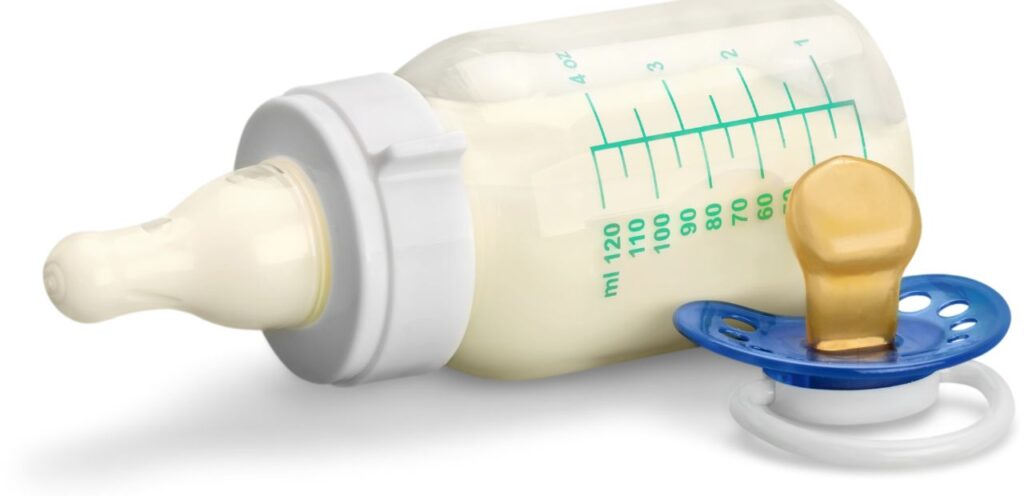
While they are eating, you may notice that your baby flattens bottle nipples sometimes. Most of the time, this means the flow is too slow. The nipple can get flatter when babies suckle hard to get more milk. Should this happen a lot, it might be time to move up to a bigger nipple.
Tips for Choosing the Right Bottle Nipples
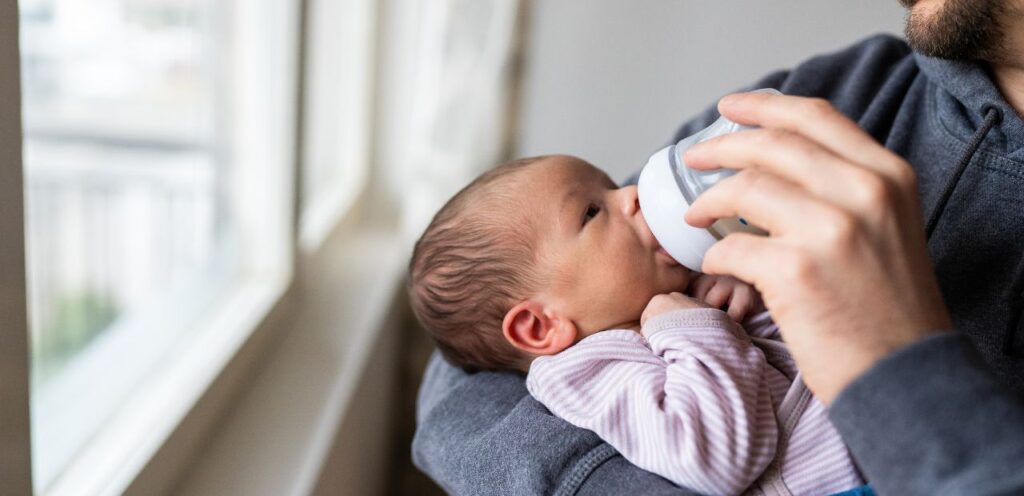
1. Begin with the slowest flow. For babies, you should always begin with the slowest flow nipple.
2. Keep an eye on your baby. The best way to tell when to change nipple size is to watch how your baby acts while eating.
3. Move slowly. If you need to go up a size, do it one step at a time.
4. To keep the flow steady, try to use the same type of nipples every time.
5. Think about what your baby needs. Babies with special needs may need certain types of nipples.
Common Questions About When to Change Nipple Size
Q: Can I use the same nipple size for formula and breast milk?
A: Yes, the nipple size can be the same for both. Most of the time, the thickness of the liquid won’t change what size tip you should use.
Q: My baby is gulping and choking. What should I do?
A: This could mean the water is moving too quickly. Go back to a flow nipple that is easier on the body.
Q: Should I change nipple size if my baby is gaining weight well?
A: Due to your baby’s age, you don’t need to change their nipple size as long as they are happy, eating well, and gaining weight.
Q: Can using the wrong nipple size cause gas?
A: This is possible if the flow is too fast. Your baby may swallow more air, which can cause gas and spit-up.
Q: How do I know if the nipple flow is too fast?
A: The flow might be too fast if your baby coughs or gulps milk while feeding or if milk drips out of their mouth.
Conclusion
Keep in mind that each baby is different. Some people may not be able to use what works for someone else. Pay attention to your baby’s cues and make changes as needed. Talk to your doctor if you’re not sure when to change the nipple size or if you have any questions about feeding. A baby’s health and happiness depend on how well they are fed from a bottle.
If you know when to change the size of the nipple and how to pick the right ones, you can make feeding time fun for both you and your child. Visit Momvila for more baby care ideas and tips. With our expert advice, you can confidently handle the good and bad parts of being a parent!
